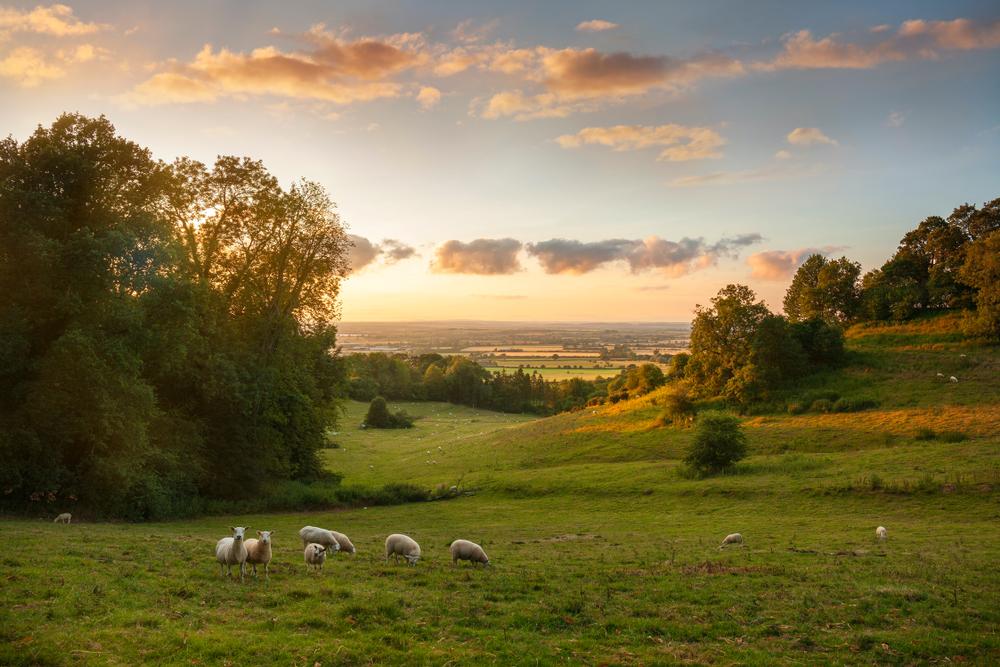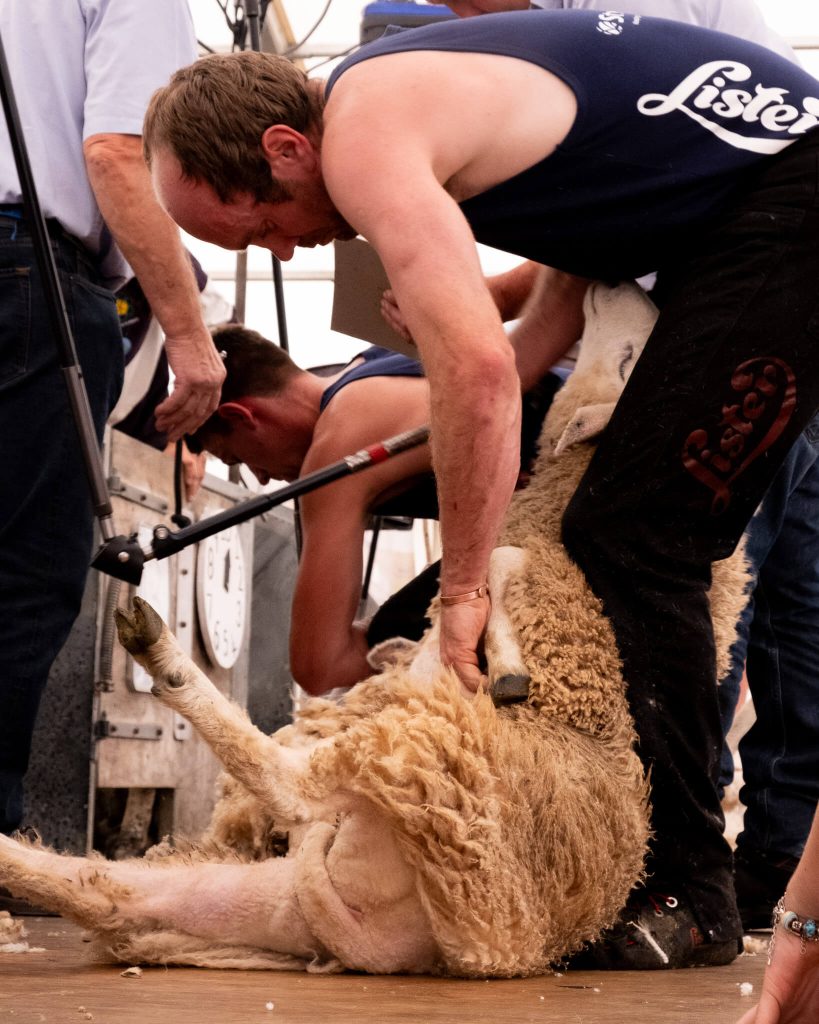
With tupping and lambing being big milestones in our calendar, we thought it a good opportunity to document the average year on a sheep farm.
Sheep farming is more than just a job—it’s a way of life, dictated by the rhythm of the seasons. From the quiet planning of winter to the chaos of lambing in spring, the long summer days of grazing, and the busy autumn of weaning and sales, every month brings new challenges and rewards.
Lambing season UK
Let’s start with the new calendar year in January. With ewes due to be lambing in early spring (February – April), it is important to be keeping a watchful eye on condition of sheep to ensure they are maintaining a healthy weight. Too fat or thin can cause issues with lambing further down the line. This monitoring continues into February where each group of ewes will be provided with optimal levels of nutrients and minerals for the next few weeks ahead.
With the peak lambing season running from March – April, it’s certainly a very busy time on the farm! Farmers will assess their flock day and night, as ewes can often require assistance during lambing. Careful coordination and rotation of the flock ensures that ewes and their lambs are out in the field as quickly as possible to ensure lambs are given the best chance to build strong immunity and thrive. Talk to a member of our team about our lambing checklist – see our 2025 lambing checklist here.
Lambs will initially solely live on milk in their first few weeks out in the field, before moving to a combination of milk and grass. It Is important at this stage that ewes continue to receive nutrients and supplements to support milk production for the lambs, who can gain about 300g weight per day!
Sheep shearing season
With summer approaching in May, it’s time to start shearing!
Most sheep are shorn late spring/early summer to ensure they aren’t getting too hot and attracting flies. The process is crucial for the welfare of the sheep and helps to keep the flock healthy and comfortable as temperatures rise. Before shearing begins, farmers ensure the sheep are dry, as wet wool can be difficult to shear and may spoil in storage. They also gather the flock into pens and sort them to make the process smoother.
Professional shearers, often hired by farmers, use electric clippers to remove the fleece in one continuous piece. Skilled shearers can shear a sheep in just a few minutes, ensuring minimal stress for the animal. Throughout the process, farmers and workers assist by keeping the sheep calm, handling them gently, and checking for any health issues such as cuts or infections.
The freshly shorn wool is collected, cleaned, and sorted based on quality. Farmers may sell it directly to wool buyers, process it into products, or store it for future use. High-quality wool is often sent for spinning into yarn, while lower-grade wool may be used for insulation or other industrial purposes.
Weaning lambs
Weaning of lambs also takes place now, as grass becomes more nutritious than milk. When weaning takes place lambs are placed in a separate pasture to the ewes, out of the sight of their mothers! Farmers begin the weaning process by gradually introducing lambs to solid feed while they are still nursing. Creep feeding—offering high-quality supplementary feed—helps lambs develop their digestive systems and makes the transition smoother. The goal is to ensure lambs are strong enough to maintain healthy weight gain without their mother's milk.
Weaning can be stressful for both lambs and ewes, so farmers take steps to minimise its impact. Providing a consistent diet with high-energy, high-protein feed helps lambs continue growing. Clean water and mineral supplements are also essential. Farmers may also vaccinate lambs at this stage to protect against common diseases like clostridial infections.
Ewes again are checked for body condition. Over the summer months both ewes and lambs will have time to recover, gaining weight and strength.
Tupping on farm
Around August most lambs will have reached their optimum weight ready for slaughter. Ewe lambs who are replacing older ewes will remain on the farm and be prepared for tupping the following month.
Ewe lambs, along with older ones, will now be monitored closely again to ensure they reach required body condition score in preparation for tupping. This ensures a higher chance of success with lambs later. Ewes can be split depending on body condition to improve grazing for those with a low score. Rams also need to be in good condition for a successful season ahead.
Tupping takes place in Autumn, most commonly October. Rams can serve about 30 ewes each, but experienced lambs can serve between 50 – 100 ewes! Rams and ewes are generally separated after 6-8 weeks.
After scanning, ewes are split into groups according to the amount of lambs they are carrying. This can ensure they receive the right amount of nutrients and the right diet to support them.
Throughout the winter for the remainder of the year ewes are watched closely and monitored, as the nutritional requirements of ewes increase rapidly as lambing approaches. Ewes that lamb indoors are brought in several weeks prior.
This brief overview of life on a sheep farm highlights the hectic lifestyle and demands of farming – but also the rewards too! Check out our range of sheep feeds, handling equipment and health products to ensure you have all you need, whatever the season!

